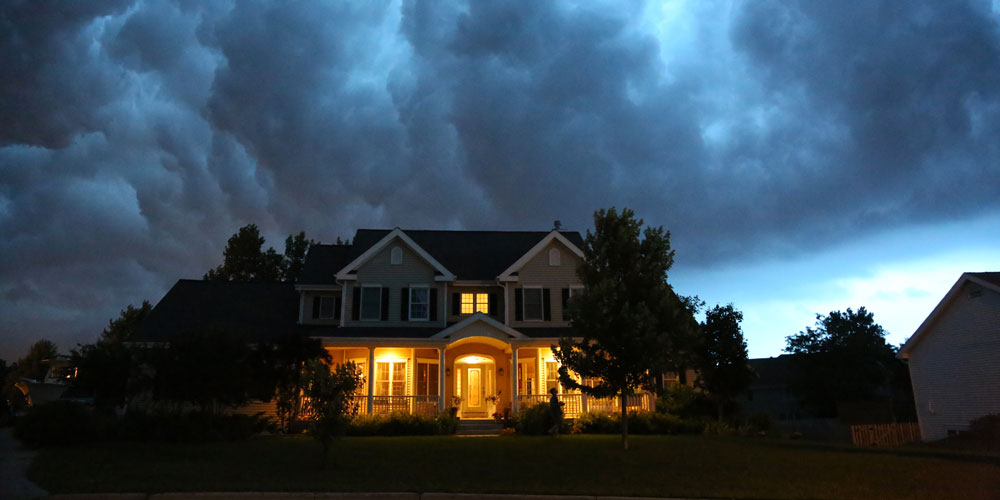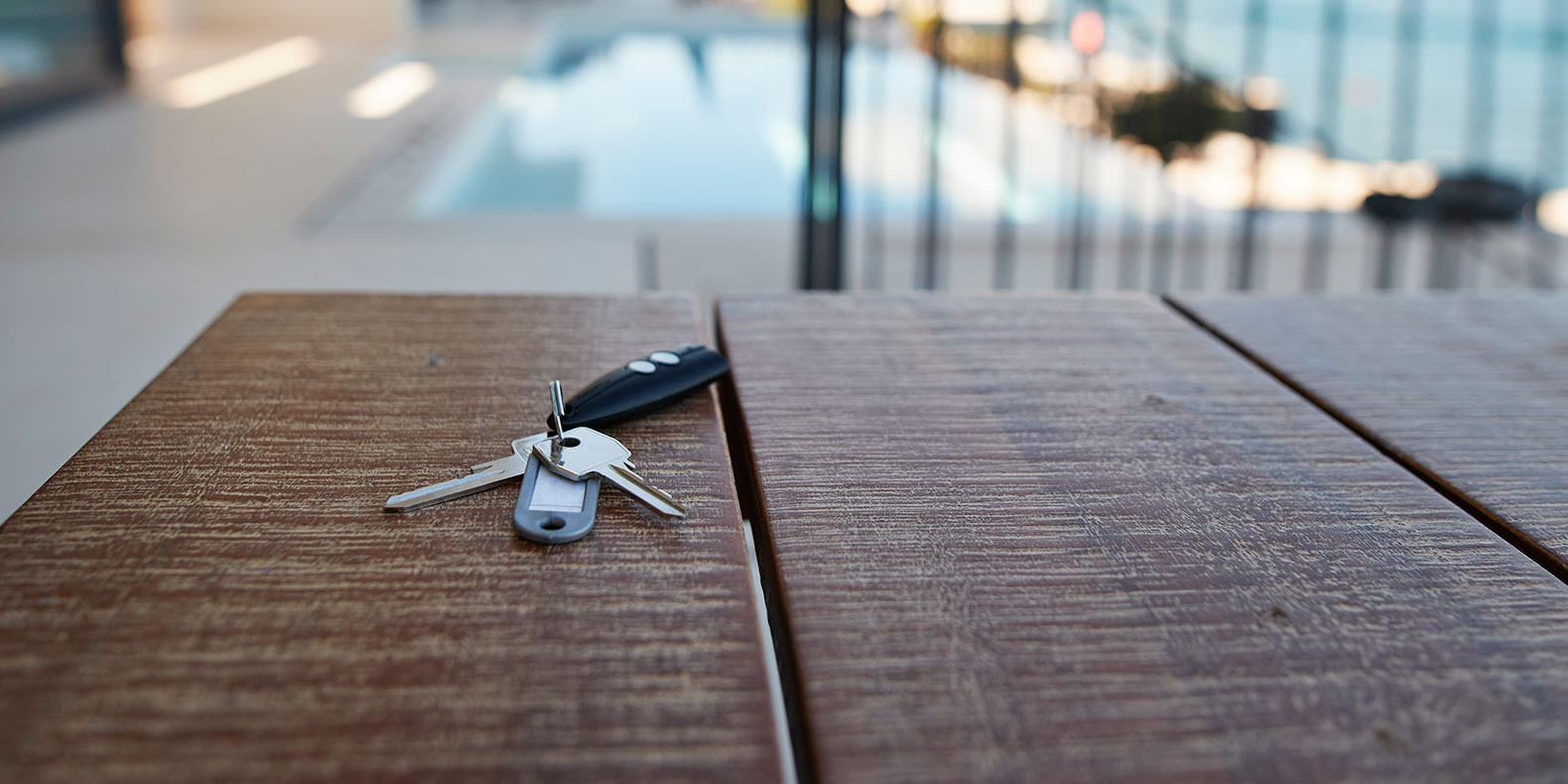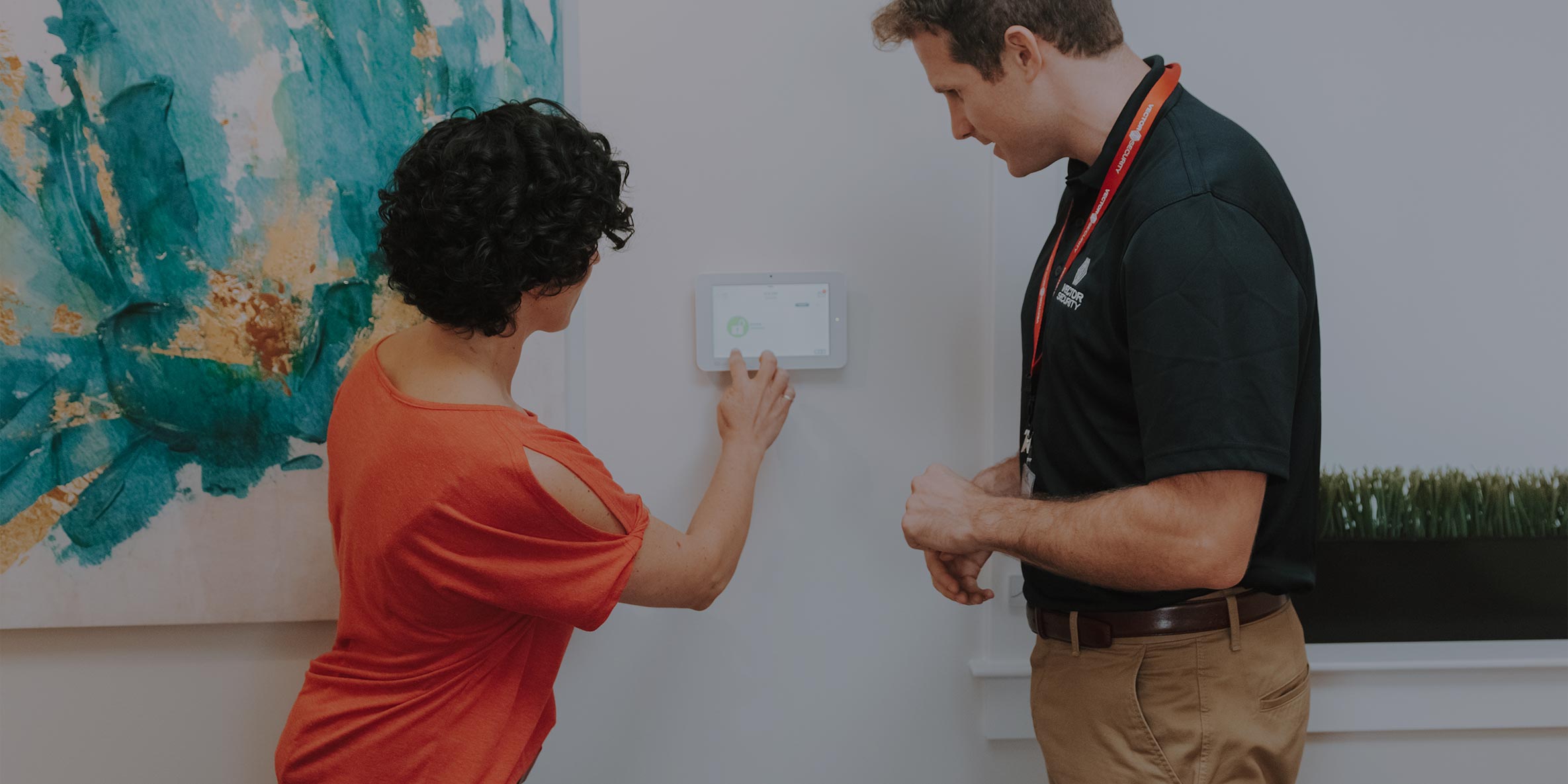This post was originally published on April 16, 2019 and updated for accuracy and comprehensiveness.
According to the latest FBI crime report, more than 1.2 million burglaries occurred in the United States in 2018.
Did you know that burglars commonly enter homes without force? In other words, they simply open doors or windows to let themselves in—meaning homeowners could prevent burglaries simply by locking and arming common entry points.
Below, we’ve detailed several security solutions you can use to properly secure entry points and protect top-targeted items in your home.
1. Secure Your Front and Back Doors From Burglars
Thirty-four percent of burglars enter through the front door, while 22 percent enter through the back door. Use these solutions to secure your home’s doors:
- Lock your doors.
- Install smart locks or an access control solution to see who is coming and going from your home. Receive mobile alerts if a door is locked or unlocked, even if you are not physically there.
- Use image or motion sensors near doors to monitor movement.
- Place video surveillance cameras around doors to monitor activity and deter intruders. Consider a doorbell camera to provide an extra layer of security and protect home deliveries.
- Install a monitored alarm with a strong and secure passcode. A monitoring center will receive immediate notice if someone enters your home while your security system is armed, verify the threat and then summon emergency personnel.
- Keep a spare key with a neighbor or nearby family member. Burglars know that doormats, flowerpots, mailboxes, statues and fake rocks are common spots homeowners secure an extra key.
2. Keep Garages Safe From Entry
Garages are another popular entry point for thieves because they often allow access to the main home, cars, and valuable tools and equipment. Consider the following tips when securing your garage:
- Always close and lock the garage to keep your items out of sight and out of mind for burglars.
- Consider a smart garage with geofencing capabilities.
- Install surveillance cameras in and around the garage.
- Invest in remote access control for the times you leave home and forget to close and lock the garage.
- Lock the door connecting the garage to your house.
- Monitor the status of your garage door via your smartphone. It can alert you if the door is open too long or at certain periods of the day. You can also close the door remotely from your phone when away from home.
3. Windows
Approximately 23 percent of criminals gain access to homes through a first-floor window. Follow these steps when securing your windows:
- Ensure window locks function properly throughout the home. Make sure locks stay securely in place. Don’t forget to check basement and decorative windows, or any others that may be overlooked. Most importantly, keep your windows locked when not in use.
- Install glass block windows in your basement instead of simple panes, which burglars can easily and surreptitiously kick in.
- Install adequate exterior lighting around windows such as motion-sensitive lights or floodlights. Also, trim trees and shrubs around first-floor windows to ensure they cannot be used as hiding places.
- Consider mounting outdoor security cameras near your most accessible windows. In the event of a break-in, motion-activated cameras will notify you of suspicious activity and allow you to see who accessed your home.
- Conceal windows. Window coverings provide comfort and privacy, while also concealing homes from prying eyes. Equip windows with quality blinds and curtains and avoid transparent fabrics.
- Install window sensors. Motion-triggered sensors will send alerts to your mobile device whenever a window is accessed or opened. Place glass-break detectors on all first-floor windows; these will trigger an alarm if activated.
Use the tips and solutions in this post to keep your property secure. For a well-rounded approach to home safety, contact a trusted security expert to get a custom plan tailored to your home’s needs.



